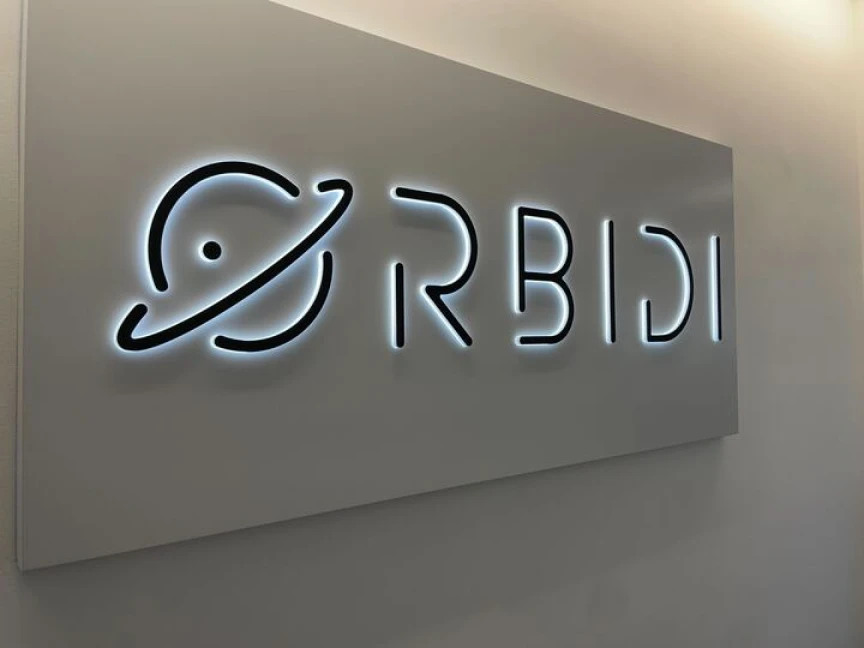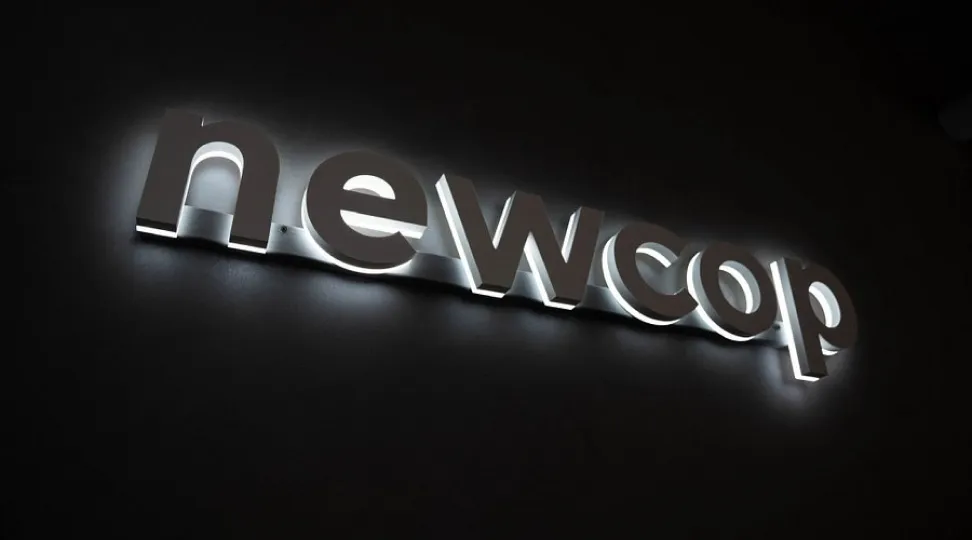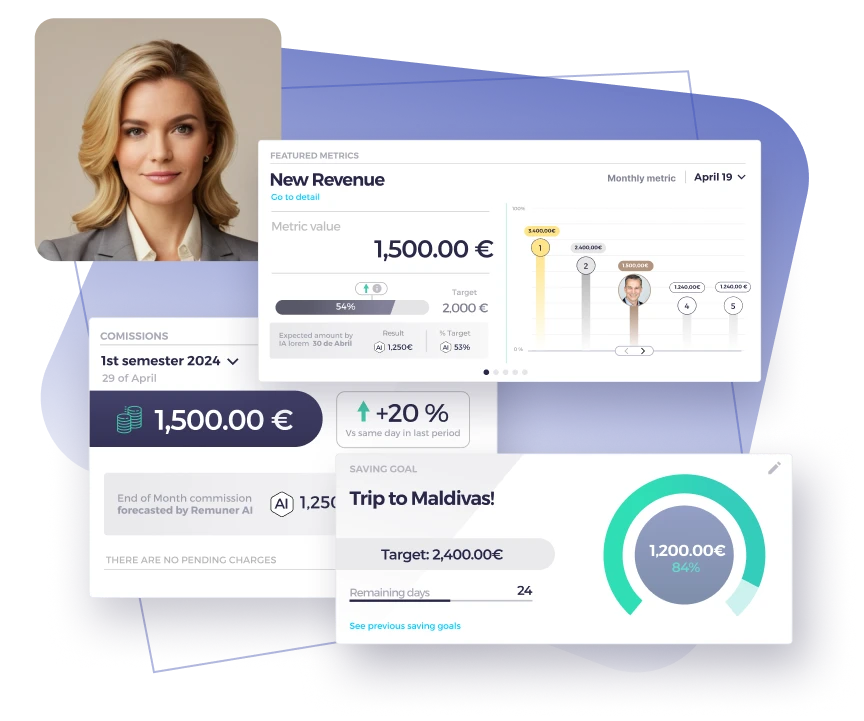Table of contents
In sales, using sales forecasting methods is essential for predicting revenue and shaping compensation plans. Accurate forecasts help businesses plan better, set quotas, and design sales incentives that drive performance. Without proper forecasting methods, businesses risk poor planning, missed targets, and wasted resources.
For sales leaders, sales operations teams, and finance professionals, knowing how to forecast sales accurately is crucial. The right forecasting methods help create fair compensation plans, motivate teams, and align business goals with expected sales performance.
This article explains different sales forecasting methods, their impact on compensation, and best practices to improve forecasting accuracy while keeping sales incentives effective.
Why sales forecasting matters in compensation planning?
Sales forecasting plays a key role in setting compensation plans. Accurate sales forecasts help businesses set quotas, determine on-target earnings (OTE), and design fair commission plans. Here’s how sales forecasting affects compensation:
- Setting quotas: Reliable forecasts help businesses set realistic but challenging quotas to keep sales teams motivated.
- Sales incentives: Compensation plans are based on expected sales, ensuring that sales reps get fair rewards for their work.
- OTE calculations: Forecasting helps set OTE figures that attract and retain talent.
- Managing compensation costs: Forecasting helps finance teams budget for commission-based pay while keeping incentives sustainable.
When building accurate sales forecasts, aligning your compensation plan with revenue projections is crucial—learn how to optimize your approach with our guide on compensation plan forecasting.
Common sales forecasting methods
Selecting the right sales forecasting method depends on factors like industry, sales cycles, and available data. Here are some widely used forecasting methods:
1. Historical sales forecasting
This is the simplest sales forecasting method. It uses past sales data to predict future revenue.
- How it works: Businesses review past sales pipeline trends and adjust for seasonal changes.
- Best for: Companies with consistent sales cycles and steady demand.
- Impact on compensation: Helps set quotas and commissions based on past performance.
Example: A SaaS company sees that Q4 sales usually rise by 30% compared to Q3. They adjust quotas accordingly so sales reps get fair commissions.
2. Opportunity stage forecasting
This method predicts revenue by analyzing the sales pipeline and estimating the likelihood of deals closing.
- How it works: Sales teams assign probabilities to deals at different stages (e.g., a proposal-stage deal has a 50% chance of closing).
- Best for: Companies with long sales cycles where deals move through clear stages.
- Impact on compensation: Helps sales leaders set quotas based on real pipeline data and adjust sales incentives as needed.
Example: A B2B company sees a slowdown in deals at the proposal stage. They increase bonuses for closing deals faster to improve results.
3. Regression analysis forecasting
This method predicts future sales by analyzing trends and external factors like market demand and advertising spend.
- How it works: Businesses use statistical models to find links between historical sales data and external influences.
- Best for: Large businesses with access to advanced data analysis tools.
- Impact on compensation: Allows finance teams to set fair OTE and commission structures based on data.
Example: A retailer finds that increasing ad spend by 10% leads to a 15% sales increase. They adjust quotas and sales incentives to reflect these trends.
4. Sales cycle length forecasting
This method predicts revenue based on the average length of sales cycles and time taken to close deals.
- How it works: Businesses review past deals to calculate the typical sales cycle and use it to project revenue.
- Best for: Companies with long and complex sales cycles.
- Impact on compensation: Ensures quotas and OTE calculations reflect realistic timelines.
Example: A software company sees that enterprise deals take an average of 120 days to close. They set quarterly targets based on this cycle.
5. Time series analysis
This method identifies trends in historical sales data to predict future sales.
- How it works: Businesses analyze past data for trends and seasonality.
- Best for: Companies with seasonal sales patterns.
- Impact on compensation: Helps businesses set fair sales targets based on seasonal highs and lows.
Example: A travel company finds that summer sales always peak. They adjust quotas so sales reps earn fair commissions year-round.
6. Pipeline forecasting
Pipeline forecasting focuses on analyzing current deals to estimate future revenue.
- How it works: Sales managers assess the sales pipeline, considering deal size, stage, and probability of closing.
- Best for: Companies that track sales in real-time.
- Impact on compensation: Helps businesses adjust sales incentives based on live pipeline data.
Example: A SaaS company sees a slowdown in new deals. They introduce higher bonuses for reps who bring in more qualified leads.
How to choose the best forecasting method
Choosing the right sales forecasting method depends on several factors:
- Sales cycle length – Companies with short cycles may use historical forecasting, while those with long cycles may prefer opportunity stage forecasting.
- Industry type – Retailers might rely on time series analysis, while B2B firms may benefit from pipeline forecasting.
- Available data – If historical data is rich, businesses can use regression analysis or statistical models.
- Business goals – If the goal is to improve quota setting, pipeline forecasting may work best.
- Technology and resources – Advanced businesses can leverage AI-driven forecasting tools for better predictions.
For a deeper understanding of forecasting techniques, check out Paul Saffo insightful discussion on getting forecasting right: How to Get Forecasting Right.
Real-world examples of forecasting methods in action
Here are some examples of how companies use sales forecasting methods to improve their operations:
- E-commerce company: Uses historical forecasting and time series analysis to predict sales spikes during holiday seasons and adjust staffing levels.
- Enterprise SaaS provider: Implements opportunity stage forecasting to manage pipeline expectations and align quotas with real-time sales opportunities.
- Retail chain: Leverages regression analysis to determine how advertising spend affects sales and adjusts commission structures based on results.
- B2B manufacturing firm: Uses sales cycle length forecasting to create sales targets that reflect long deal closing times.
- Tech startup: Adopts pipeline forecasting to identify underperforming regions and adjust sales incentives accordingly.
Best practices for improving sales forecasting accuracy
To improve sales forecasting accuracy, businesses should follow these best practices:
1. Use multiple forecasting techniques
Using a mix of forecasting methods reduces risk and improves predictions.
2. Leverage technology and automation
Sales performance management software and sales commission software help automate data collection, reducing errors in sales forecasts.
3. Align sales incentives with forecasts
When sales reps know how forecasts impact sales incentives, they report data more accurately.
4. Train sales teams on forecasting
Teaching sales managers how to forecast improves forecasting accuracy and ensures quotas are realistic.
5. Regularly update forecasts
Frequent adjustments to sales forecasts help sales teams stay on track and meet their goals.
How Remuner can help
Remuner simplifies sales forecasting by providing real-time data insights and automation tools. Our platform integrates seamlessly with your CRM, ERP, and other sales systems, ensuring that you have accurate forecasting metrics at your fingertips. With our AI-based sales coach, sales teams receive proactive guidance to improve deal closures and performance.
Our compensation management tools allow businesses to design adaptable, data-driven commission plans that align with actual sales forecasts. By leveraging Remuner, companies can eliminate administrative tasks, improve forecasting accuracy, and create transparent compensation structures that drive sales success.
Select the best method and improve forecasting accuracy
Selecting the right sales forecasting methods is key to aligning sales incentives with sales performance. A data-driven sales forecasting model helps businesses set fair quotas, optimize OTE, and design effective compensation plans. Companies that improve forecasting accuracy not only boost revenue predictability but also keep their sales teams motivated.
By refining sales forecasting methods, businesses can build better compensation plans, drive sales growth, and stay ahead of competitors. Using sales performance management software and commission tracking software further improves real-time tracking, ensuring that forecasts and compensation stay aligned.





